Have you ever wondered what the color purple on your mood ring signifies? Mood rings, a popular trend from the 1970s, have recently made a comeback. These rings change color depending on the wearer’s body temperature and are said to reflect their emotional state. However, there is more to mood rings than just a quirky accessory.
In this blog post, we delve into the science behind mood rings and explore the significance of the color purple. We will also discuss how temperature changes affect mood rings and answer some frequently asked questions about this trend. Additionally, we provide unique insights into the symbolism of purple on a mood ring and its impact on our emotions. Read on to discover more about this fascinating topic!
Understanding the Phenomenon of Mood Rings
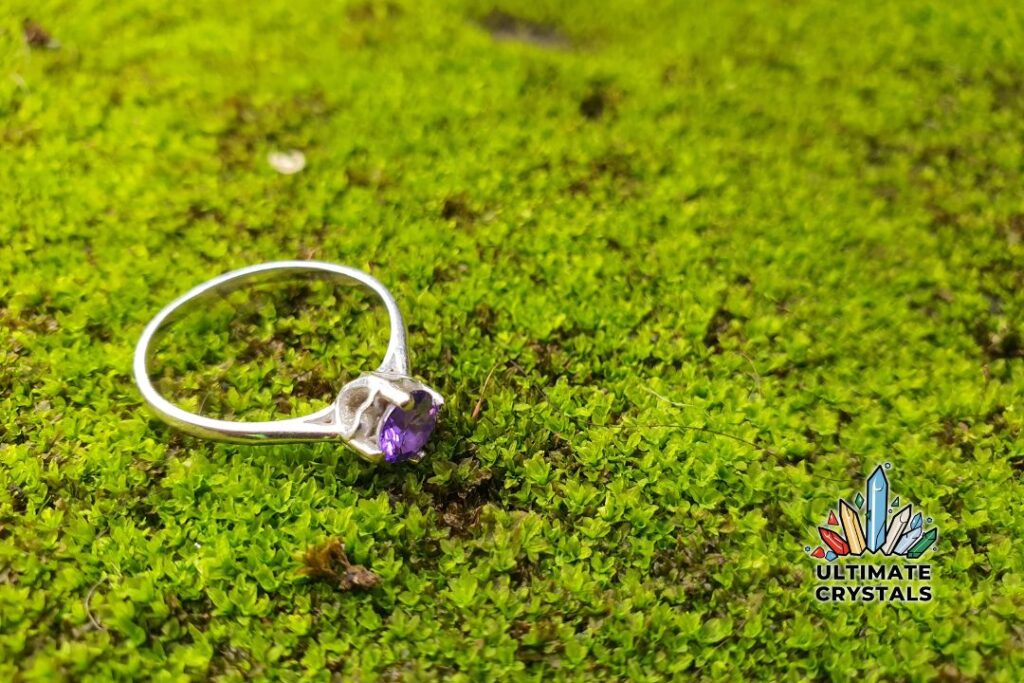
Mood rings operate through color changes influenced by body temperature, using thermochromic liquid crystals. Initially, popular in the 1970s, these jewelry items are based on pseudoscientific concepts, altering color with fluctuations in body temperature. The color alteration is said to mirror the wearer’s emotional state, reflecting different moods. This phenomenon creates a unique and visually striking connection between human emotions and jewelry, making mood rings a conversation starter.
The Science Behind Mood Rings
Mood rings contain thermochromic crystals, which respond to temperature changes by altering their color. These liquid crystals react to shifts in body temperature and environmental conditions, leading to a change in the ring’s color. The technology behind mood rings is rooted in thermochromism, where the colors displayed represent different emotions or moods. The color variations, including the entire rainbow from dark blue to bright yellow, signify the wearer’s emotional state, making mood rings intriguing pieces of jewelry that continue to captivate wearers to this day.
The Role of Color in Mood Rings
The color of a mood ring is a reflection of the wearer’s emotional and mental state, symbolizing a range of feelings. Each color holds different meanings, depicting various emotional or mental states of the wearer. Purple, for instance, signifies a sense of purpose, positive emotions, and a deep connection. As the mood changes, the color of the ring transforms, making it a captivating piece of jewelry that represents the wearer’s mood through thermochromic liquid crystals.
The Significance of Purple on a Mood Ring
The color purple on a mood ring holds deep significance, symbolizing passion and positive emotions. As the wearer’s body temperature changes, purple mood rings transition from a lighter shade to a darker one, indicating shifts in emotional state. This color reflects a sense of purpose and connection, representing the wearer’s positive mood and emotional well-being. The symbolism of purple in mood rings adds an intriguing dimension to these pieces of jewelry, offering wearers a unique insight into their emotions.
Decoding the Symbolism of Purple in Mood Rings
The color purple on a mood ring embodies passion, emotion, and positivity. It symbolizes a profound connection and purpose, reflecting emotional changes through shifting shades from light to dark. As the wearer’s body temperature fluctuates, the purple hue transforms, representing varying emotional states. This transformation mirrors the intricate connection between the color of the mood ring and the wearer’s emotions, making it a captivating piece of jewelry that reflects the entire rainbow of feelings.
How Does the Color Purple Reflect Emotions?
- The color purple on a mood ring reflects a range of emotions, symbolizing positivity, passion, and a sense of purpose.
- As the wearer’s mood changes, the purple hue of the ring shifts from lighter to darker shades.
- This represents emotional fluctuations.
Factors Influencing the Color Purple in Mood Rings
- The color purple on a mood ring reflects the wearer’s body temperature and emotional state, changing as these factors fluctuate.
- It adjusts to both internal and external influences, such as body temperature and ambient temperature, making it a unique indicator of the wearer’s emotional changes.
- This makes purple a versatile and significant color in the entire rainbow of mood ring colors.
The Impact of Temperature Changes on Mood Rings
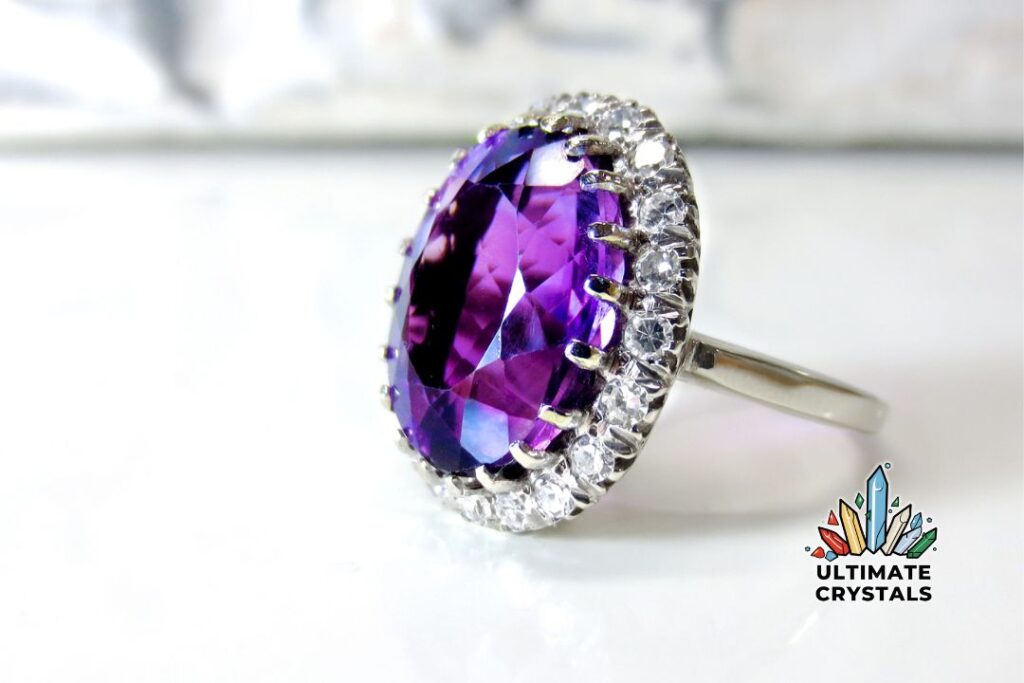
Mood rings, sensitive to body temperature and external surroundings, exhibit various colors. Colder temperatures trigger the appearance of the color purple on a mood ring, representing emotional shifts. As the wearer’s body temperature changes with emotional fluctuations, so does the color of the mood ring. This reaction is not exclusive to purple; it occurs across the entire rainbow of mood ring colors. External temperature variations also induce this effect, especially in purple mood rings, reflecting the wearer’s emotional changes.
Why Does Cooler Temperatures Activate The Color Purple?
Cooler temperatures activate the color purple on mood rings, signifying emotional changes. This phenomenon occurs due to the temperature-sensitive elements in the ring. When exposed to cooler temperatures, these elements undergo a chemical reaction, resulting in a shift in color to purple.
Can the Color Purple on a Mood Ring Change Throughout the Day?
Throughout the day, the color of a mood ring, including purple ones, can change in response to temperature fluctuations. These changes in color reflect the wearer’s varying emotional states throughout the day. The color purple on a mood ring is an indicator of the emotions experienced by the wearer at different times.
About Mood Rings and the Color Purple
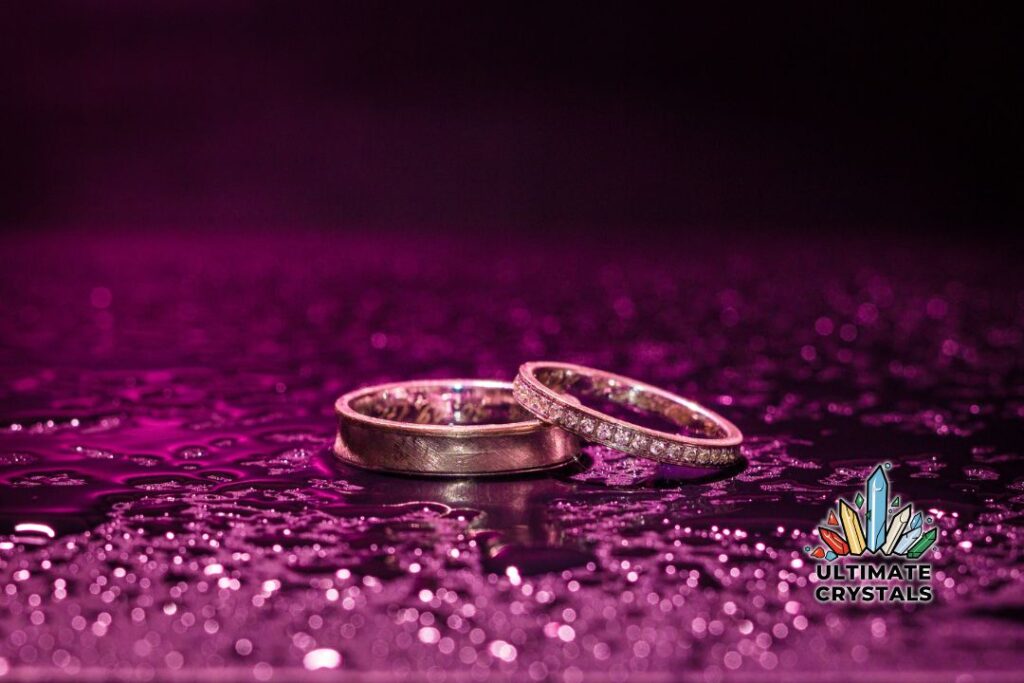
The color purple on a mood ring serves as an intriguing indicator of emotion, influenced by the wearer’s mood, body temperature, and external environment. It is often associated with a sense of purpose and positive emotions, with different shades indicating a range of emotions and moods. Observing the shade of purple carefully is essential, as it may change according to the wearer’s emotional state. The color purple can also change based on the wearer’s body temperature, reflecting the dynamic nature of mood rings.
Are There Any Other Meanings Associated With the Color Purple on a Mood Ring?
Other than symbolizing a deep connection, mental health, and a positive mood, the color purple on a mood ring can represent purpose, passion, and a positive emotional state. It varies in shade to reflect different emotions and moods, making it a fascinating way to gauge your emotional state.
Is the Color Purple on a Mood Ring Different for Different People?
The shade of purple on a mood ring can vary for different individuals, reflecting their unique emotional state. Factors like body temperature, mood, and external environment influence the color change. It provides a fascinating way to observe and track changes in emotions over time.
Unique Insights Into the Symbolism of Purple on a Mood Ring
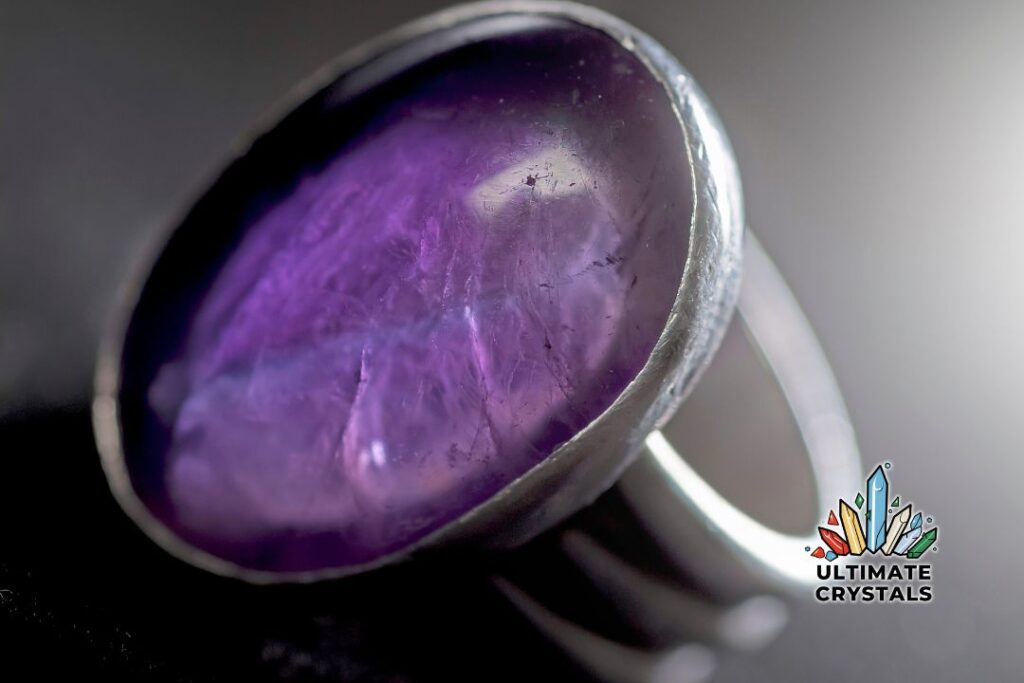
Purple on a mood ring signifies a positive emotional state, purposefulness, and deep emotional bonding. The color changes based on the wearer’s emotions, body temperature, and mood, with varying shades representing a spectrum of emotions. This makes purple a compelling indicator of emotions, influenced by internal and external factors. Observing these variations in the color of a mood ring can provide unique insights into the wearer’s emotional fluctuations. It presents a fascinating way to gauge and understand emotional states.
The Influence of Purple on Mood and Emotions: A Unique Perspective
The color purple on a mood ring is a fascinating indicator of emotion, influenced by the wearer’s mood, body temperature, and external environment. It can signify a sense of purpose, passion, and positive emotions while representing a deep connection, mental health, and a positive emotional state. The shade of purple changes based on the wearer’s emotional state, creating a unique piece of jewelry that reflects the wearer’s mood and emotional well-being.
The Unspoken Connection Between Purple and Mood
The deep, royal shade of purple on a mood ring signifies a sense of purpose, mental well-being, and positive emotions. It’s a remarkable indicator of emotional state, influenced by mood, body temperature, and external surroundings. Different shades of purple reflect a broad spectrum of emotions. Understanding the color of your mood ring opens up a new perspective on gauging your emotional state and mood. The unspoken connection between the color purple and mood is truly fascinating.
Advantages and Disadvantages of Relying on Mood Rings
Advantages
- Mood rings, including the purple color, offer a unique perspective on emotional state and mood variations.
- These pieces of jewelry provide a visual indicator of emotional changes, reflecting shifts in both mood and body temperature.
- Understanding the science behind mood rings can enhance the interpretation of their readings.
Disadvantages
- The color change may not always accurately represent one’s emotions.
- Mood rings should be used as a supplementary tool for self-reflection rather than a definitive measure of one’s emotional state.
- Some people may become overly reliant on mood rings to assess their emotional state.
Do Mood Rings Really Work?
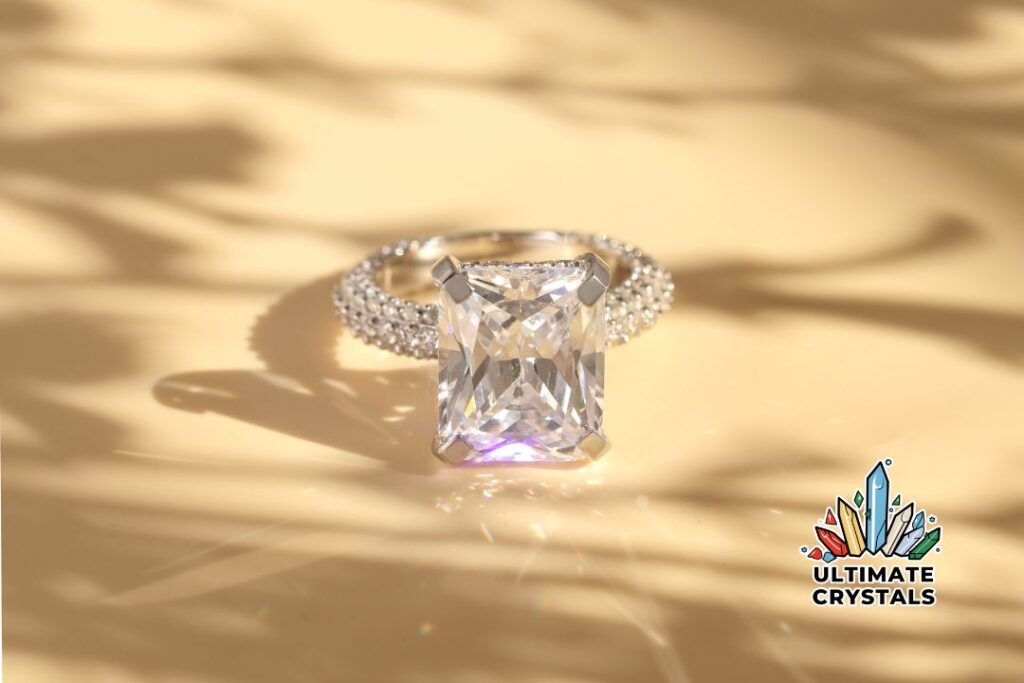
Mood rings, including those that change color to purple, offer a unique way to assess emotions and mood. The shifting shades of purple reflect a spectrum of feelings, providing a fascinating means of tracking changes. They can indicate purpose, passion, mental health, and positive emotional states. Mood rings provide an interesting observation of mood variations and body temperature fluctuations.
Is Purple on a Mood Ring Always an Indicator of the Same Emotion?
The symbolism of purple on a mood ring is not limited to a single emotion. It changes based on the wearer’s mood, body temperature, and external environment. Different shades of purple represent various emotions, providing unique indicators of emotional states. The color purple on a mood ring serves as a fascinating way to track mood changes and emotional variations.
Frequently Asked Questions
Do mood rings actually work?
Mood rings are designed to change color based on body temperature and emotions. The accuracy of mood rings is debated as other factors can affect body temperature. Some view mood ring colors symbolically, while others see them as a fun accessory. The effectiveness of mood rings is subjective and open to interpretation.
Why did my mood ring turn blue?
The color of a mood ring changes based on your skin’s temperature. When it turns blue, it usually indicates a feeling of calm or relaxation. However, different brands may interpret colors differently. Keep in mind that mood rings are not scientifically accurate and should be taken with a pinch of salt.
Is your mood ring showing a red color?
If your mood ring is displaying a red color, it may not be directly related to the symbolism of purple on mood rings. Red typically represents strong emotions like anger or passion. Mood rings change color based on finger temperature, which can be influenced by emotions or external factors. Keep in mind that mood rings are not scientifically proven to accurately reflect emotions.
Why is my mood ring black?
If your mood ring appears black, it may indicate a damaged or malfunctioning stone. Mood rings respond to temperature changes, which trigger color shifts. If your ring consistently stays black or doesn’t change at all, it could be due to a faulty stone or an ill-fitting ring. In such cases, consider replacing or adjusting the ring.
What finger to wear a mood ring?
Mood rings can be worn on any finger, although traditionally they are worn on the index or middle finger of the dominant hand. Some people prefer to wear mood rings on their ring finger as a fashion statement. The color changes of a mood ring are influenced by the wearer’s skin temperature, which is usually higher on the fingers. Ultimately, the choice of finger to wear a mood ring comes down to personal preference.
Are there any cultural or historical meanings behind the color purple in relation to mood or emotions?
Purple on a mood ring has cultural and historical significance. In ancient Rome, it symbolized power and royalty. In Christianity, it represented penance and sorrow. Some cultures associate purple with spirituality and enlightenment. On a mood ring, purple can indicate calmness, sensitivity, or passion.
Can wearing a mood ring consistently have an impact on your overall emotional state?
Wearing a mood ring may not directly impact your emotional state, as there is no scientific evidence supporting this claim. The color changes in mood rings are influenced by factors other than mood, such as skin temperature. Purple often represents calmness and spirituality on a mood ring, but it’s important to remember that mood rings are mainly a fun and unique accessory.
How do you pick out the perfect ring?
To pick out the perfect ring, start by determining its purpose – whether it’s for engagement, a wedding band, or simply a fashion accessory. Consider your budget and desired materials like gold, silver, platinum, or gemstones. Make sure you know the recipient’s ring size and choose a reputable jeweler with good reviews and a return policy.
Conclusion and final thoughts
In conclusion, the color purple on a mood ring holds significant symbolism and reflects various emotions. Purple is often associated with creativity, spirituality, and mystery, making it a complex and intriguing color on the mood ring. However, it’s important to note that the interpretation of the color purple may vary depending on individual experiences and perceptions. Additionally, temperature changes can affect the color displayed on a mood ring, with cooler temperatures activating the color purple. While mood rings can provide some insight into emotions, it’s essential to remember that they are not foolproof indicators. Nonetheless, mood rings can be a fun and unique way to explore and express your emotions.

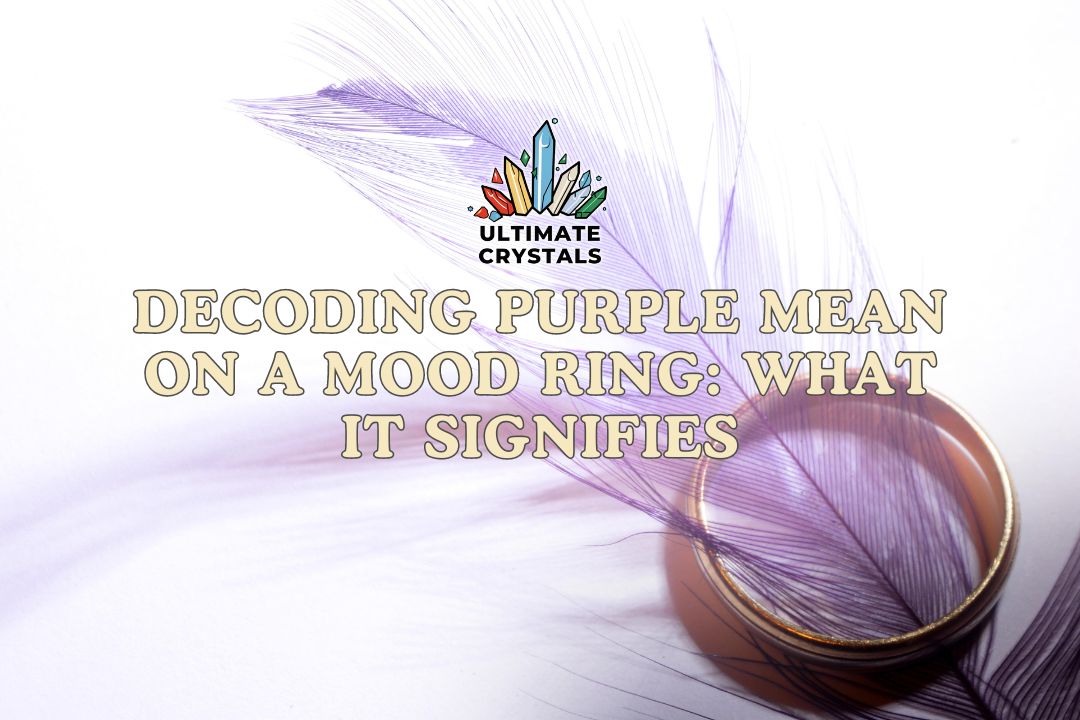
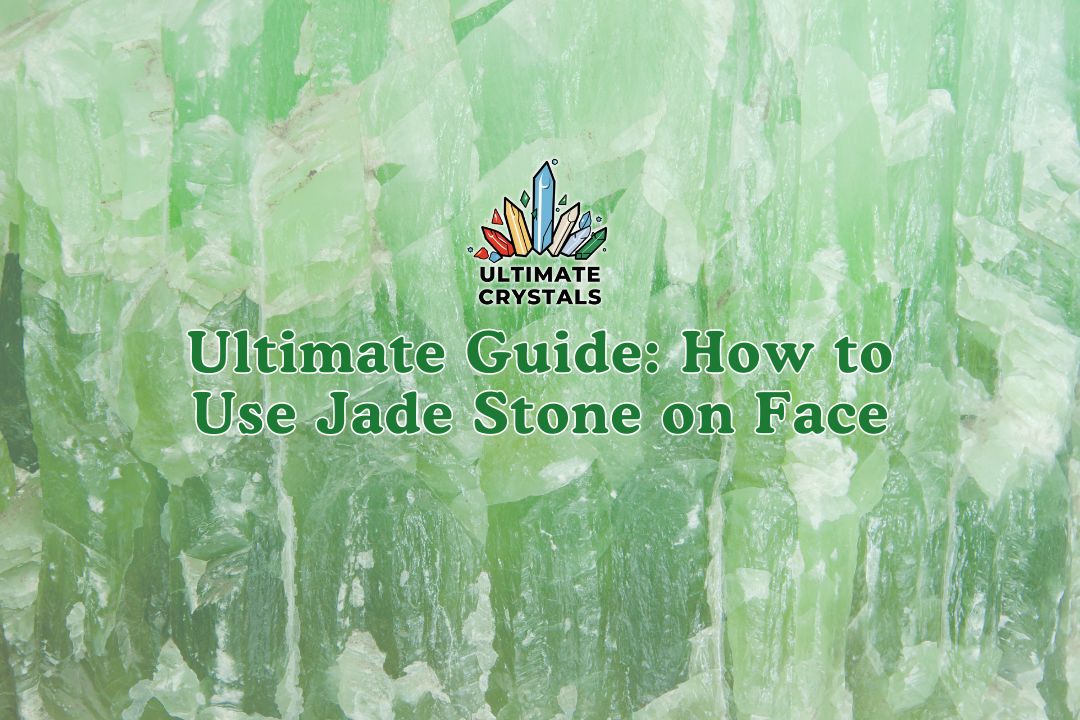
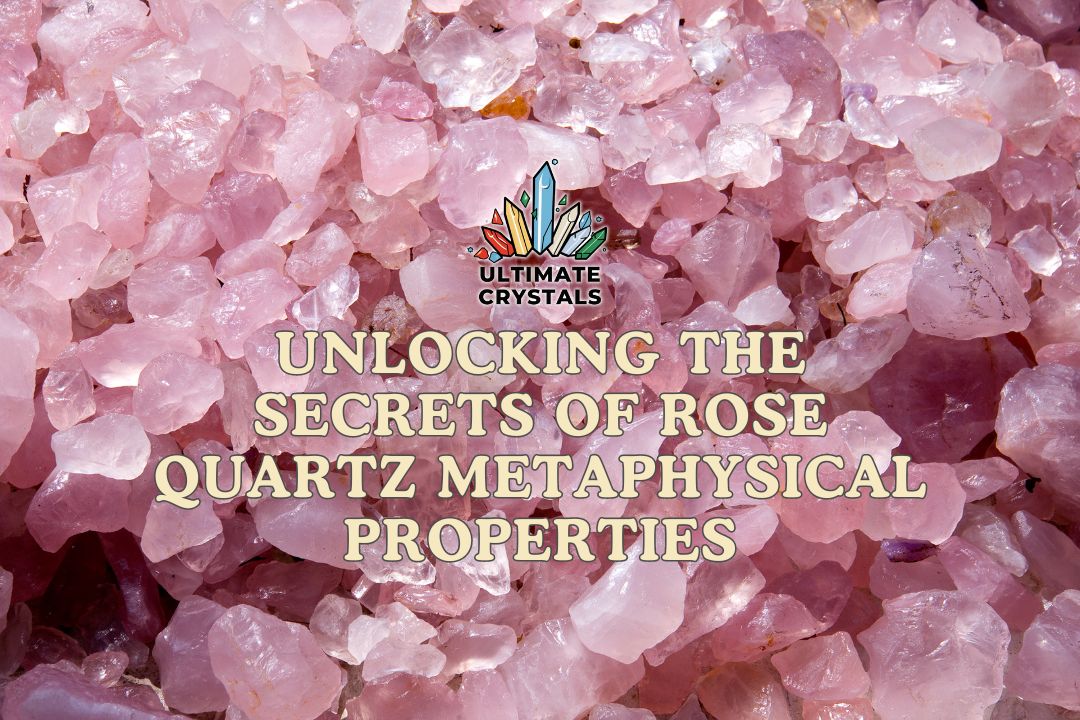
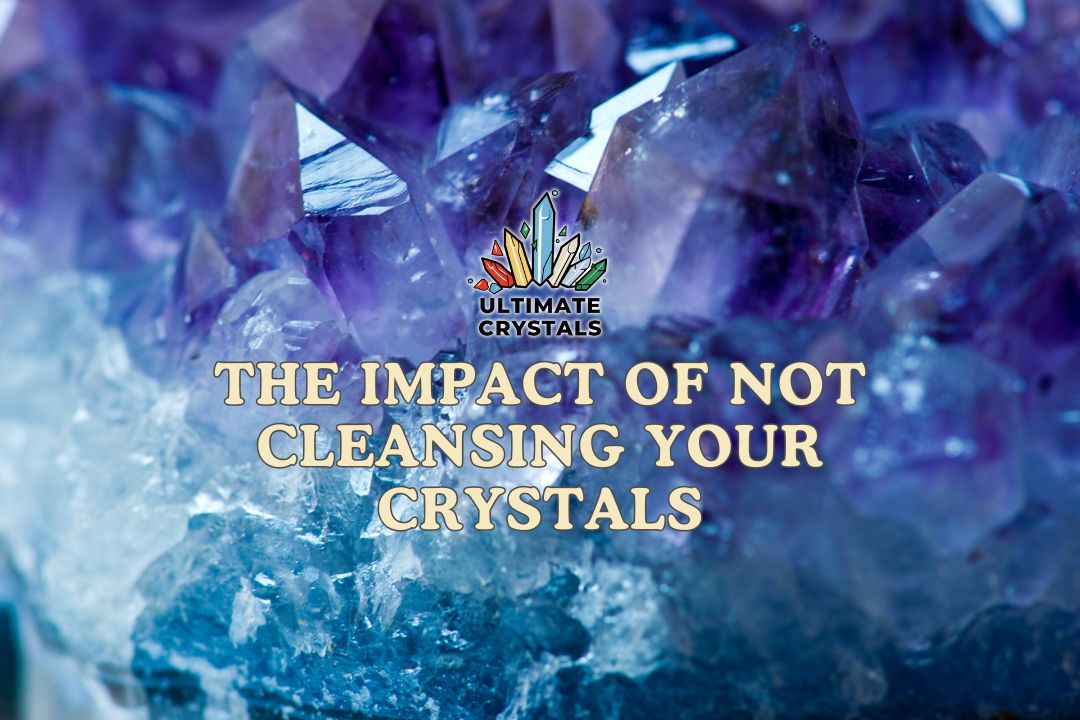
Leave a Reply